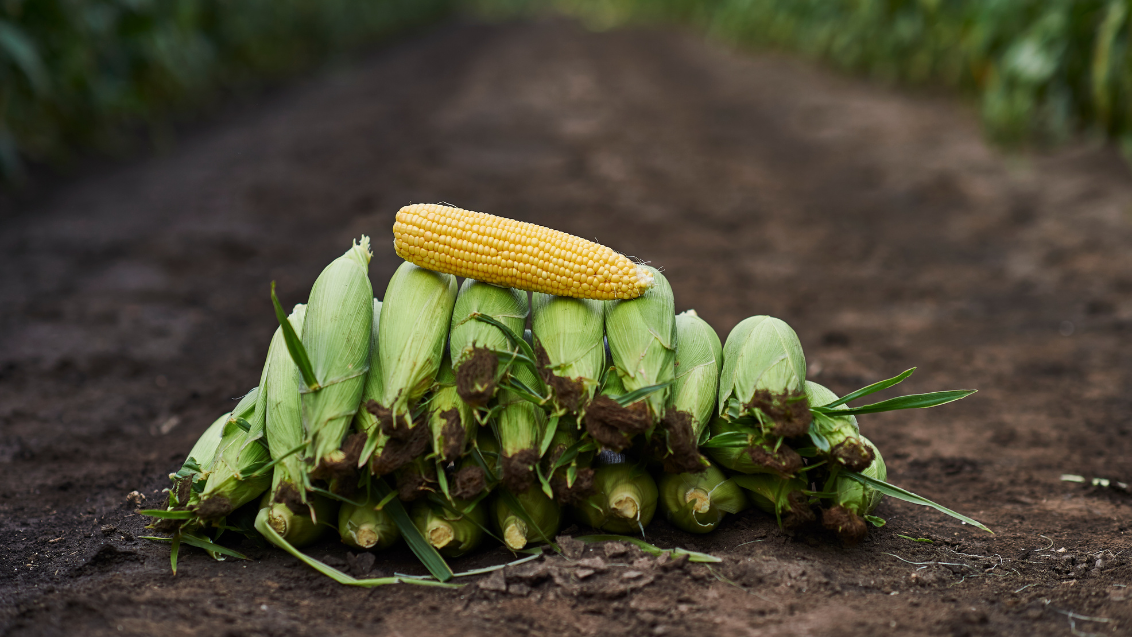August 14, 2023

While sweet corn might be several thousand years old, we’ve barely cracked the surface of its potential. With higher yield potential, sugar content, taste, and much more to continue to consider, sweet corn’s future holds promise.
For now, the next chapter starts in Stanton, Minn. at Syngenta’s sweet corn Yield Accelerator facility where you’ll find golden kernels of opportunity. The research performed on up-and-coming sweet corn hybrids represents a treasure of data, yield advancement, and opportunity for the crop.
The opportunities move beyond Minnesota, beyond just the United States. Agriculture is global, everyone around the world needs to eat and sweet corn is a crop that provides ample nutrition to meet those needs. It’s also a crop Syngenta is investing time and resource into so growers, processors, and consumers have consistent high-quality supply.
“Sweet corn is very important worldwide, but it’s used very differently depending on what region you’re in,” said Glenn McKay, Regional Portfolio Manager, Sweet Corn. “In America, we eat it canned, frozen, fresh, really a lot of different configurations and we’ve been eating it for a long time. In other cultures, it’s a relatively new crop but growing in popularity.
“In Japan it’s used as a condiment on salads, Mexico and Brazil are fairly new to sweet corn and starting to eat a lot, and Europe eats it much like North America – on the cob or processed in cans or freezer bags as a side dish.”
That’s why Syngenta created its own sweet corn processing facility in Stanton, Minn. The Yield Accelerator building houses the equipment needed to can, freeze, and vacuum can sweet corn the same way major processors do—just at a smaller scale.
“It’s very important that Syngenta invested in this facility,” said Mark Stueber, Sweet Corn Operations Lead. “With it, we can help our processor customers by better evaluating the hybrids they’ll be using. They get to see it in the field, and as the finished product they’ll be producing.”
Syngenta is the only vegetable seed company investing in understanding processor concerns, and it’s an investment that will continue because these challenges are best understood by practice—actually processing and testing the sweet corn in freezing and canning.
Throughout this research processes, yield is a key consideration for any hybrid in the pipeline. In addition, breeders maintain kernel quality and plant uniformity to help growers have the best product at the end of the season.
It’s not an overnight process to achieve high-yielding, high-quality sweet corn hybrids. But, together with the Yield Accelerator, Syngenta can take an incredible amount of data and pair it with genomics technology to create hybrid advancements, faster than historical breeding.
“I can take that data and take what it’s related to and how that performs in certain environments to create a list of predictions with 50% accuracy without testing,” said Ilene Jones, Syngenta Sweet Corn Breeding Team Lead. “The data we collect and our ability to use it is a huge step-change in breeding. I can predict parents for future breeding populations, the progeny of those populations. So, instead of testing 200 progeny I can narrow it down to 50, which expands how I can test these products in the end.”
No matter how it’s eaten or used, it’s an important crop and one Syngenta is committed to supporting. Whether it’s through a dedicated breeding program to protect yield potential in the field, or the Yield Accelerator that teaches researchers more about how to create hybrids that perform in processing facilities, the future for sweet corn is bright.